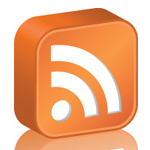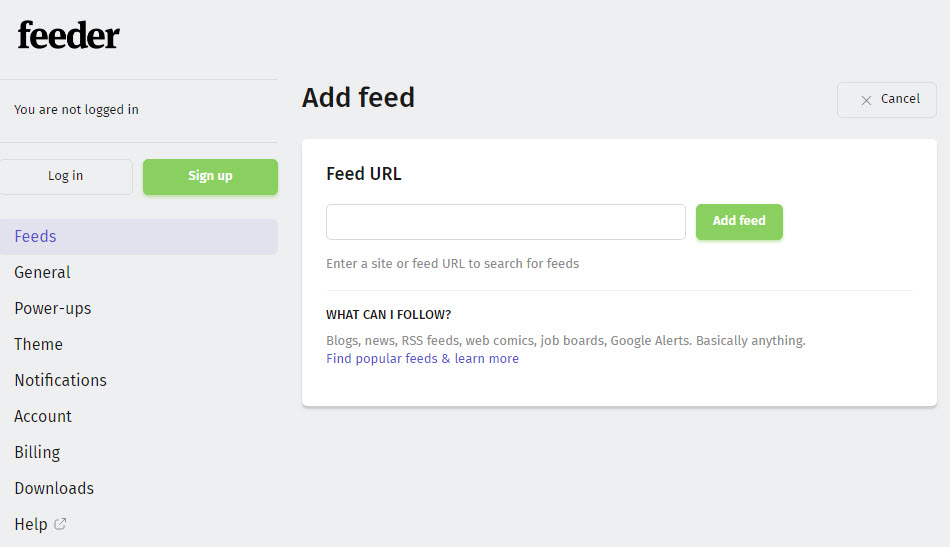Save Time with Free RSS Services
Sunday, July 15, 2007

RSS (Really Simple Syndication) is one of the most useful Internet tools available. For busy operators who use the Internet to track down contract opportunities, keep up with industry information, or track changes to rules and regulations, RSS can be a big help. RSS feeds automatically collect news releases, blog posts, and other information from specific websites, which can be viewed in a "feed reader" (a.k.a. "aggregator"), which constantly updates as new information is posted at targeted websites. So now instead of having to surf out to multiple websites just to check if new information has been posted, RSS feeds can do that work for you by building a tailored list of headlines and summaries directly in your RSS reader. RSS will allow you to:

Free RSS Feed Readers
Some websites with RSS Feeds
- Easily locate information
- Read condensed information (or "sound bytes") with clearly marked and dated topic material
- Classify and categorize information for a quick and easy overview
- Maximize your time without having to deal with spam
Benefits of RSS
RSS provides a host of benefits to users — at no charge. You choose the feeds you wish to see, and if you aren't completely thrilled with some of the content appearing in your feed, you can remove it from your RSS reader with a single click. But the real beauty of RSS is that it helps you quickly scan headlines and read articles of interest. Because the information is condensed and consolidated in a single location, you can generally review more information in a shorter time frame.
Best of all, when you subscribe to a feed you don't need to disclose your email address, so you can get the news and information you want without increasing your exposure to spam, potential viruses, phishing, and identity theft. And if you want to stop receiving news from a particular website, you don't have to send an "unsubscribe" request and hope that the emails will stop eventually. You simply remove the feed from your RSS reader, and it stops instantly.
Getting Started
You'll need two things to start receiving RSS feeds: an RSS feed reader for your web browser, cell phone, or tablet, and a keen interest in one or more topics. Most RSS readers are free and easy to find, and we’ve put together a short list of some of the more popular feed readers in our sidebar. Once you have a feed reader set up, it's time to add some feeds you'd like to follow. The best place to start is with your favorite information websites, which could include:
- Local and regional newspapers
- Government weather and forestry websites
- Helicopter associations and organizations
- Agency bid notification websites
- Aviation blogs
To add a feed to your reader, enter the website URL to see the feeds offered there (see image below). For example, Onboard Systems has three RSS feeds: one for press releases, one for our newsletter articles, and one for our products. Choose the feed(s) you want to subscribe to, and it will be added to your reader. Now whenever the website posts a new story to that feed, it will show up in your reader.
It's that easy. If you're looking for some sites to try out, we've included a short list in the sidebar to get you started.

Tags
subscriptionsrssemailvol4-iss3More Articles
Tradeshow Schedule
Plan to meet us at these upcoming tradeshow events around the world.
Get the 411 on Surefire Products
Here is a complete reference list of aircraft and cargo hook kits currently featuring Surefire.
Chrome Themes for Your Browser
Exclusive Chrome themes featuring external load mission photos for your browser.
How to Upgrade Your Equipment
We strive to make it simple and cost-effective for our customers to upgrade their equipment.
Wanted: Reviews & Testimonials
We would love to hear about how our products or services have helped you.
Documentation Updates
Get the 411 about all the documentation updates and service bulletins that have taken place since the last issue.
Service Life Update for Barry Longlines
Barry has modified the service life calculation for their synthetic helicopter longlines.







